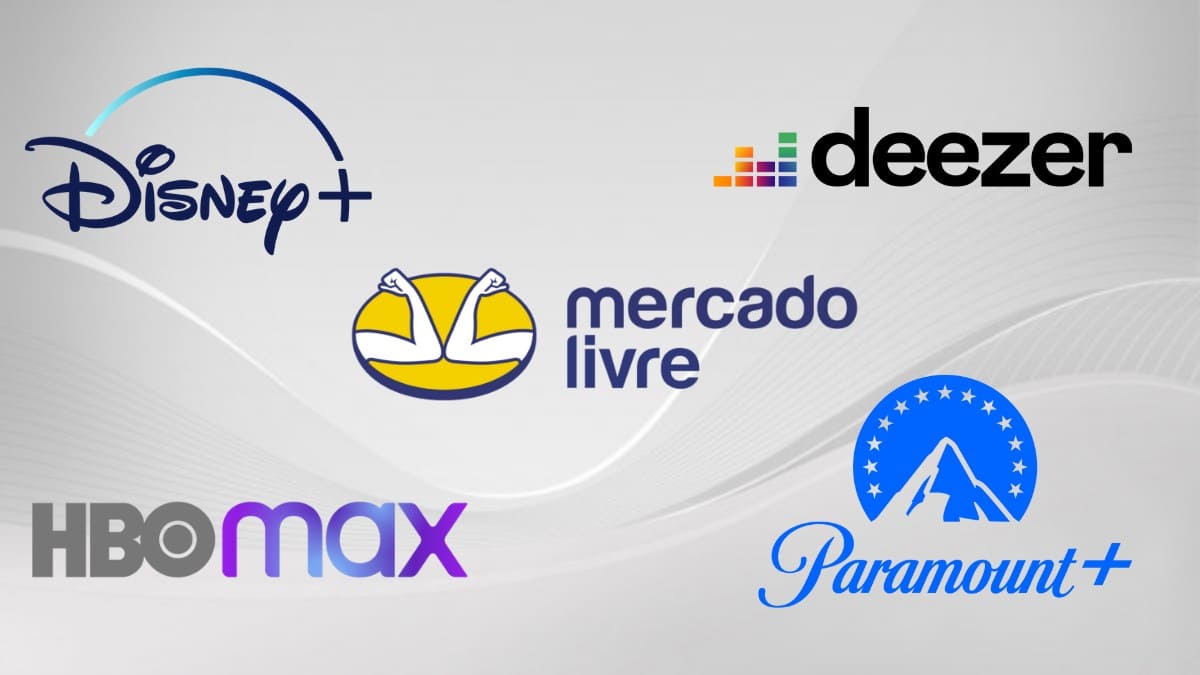
Streaming Platforms: Transforming How We Watch Movies and Series
The rise of streaming platforms has revolutionized the entertainment industry, changing how we consume movies, series, and documentaries. From the comfort of our homes, viewers now have access to vast libraries of content at their fingertips, fundamentally shifting viewing habits and challenging traditional TV and cinema.
This article explores the growth of video streaming services, their impact on the entertainment landscape, and what the future holds for this booming industry.
The Evolution of Streaming Services
Streaming platforms began as convenient alternatives to cable TV, allowing users to watch content without schedules or ads. Services like Netflix pioneered the model by offering subscriptions for on-demand movies and series, a formula that quickly gained traction.
With advancements in internet speeds and mobile devices, streaming became more accessible, enabling users to watch content anywhere and anytime. This accessibility reshaped consumer behavior, prioritizing convenience, personalization, and choice over traditional TV programming.
Today, major platforms such as Netflix, Amazon Prime Video, Disney+, HBO Max, and Hulu dominate the global market, while niche services cater to specific interests, including anime, documentaries, and independent films.
Key Features Driving Popularity
On-Demand Viewing
Viewers can watch their favorite shows and movies whenever they want, eliminating the need to follow fixed schedules.
Original Content
Platforms have invested heavily in exclusive series and films, with hits like Stranger Things (Netflix), The Mandalorian (Disney+), and The Last of Us (HBO Max) attracting millions of subscribers.
Subscription Models
Monthly or yearly subscriptions provide affordable access to large content libraries, making streaming cheaper than traditional cable packages.
Multi-Device Compatibility
Services are accessible via smartphones, tablets, smart TVs, and gaming consoles, ensuring viewers can watch content across devices.
Personalization and Recommendations
Algorithms analyze viewing habits to suggest tailored content, enhancing user experience and engagement.
The Impact on Traditional Media
The rapid adoption of streaming platforms has forced traditional TV networks and cinemas to adapt:
- Decline in Cable Subscriptions: Many households have "cut the cord," replacing cable TV with on-demand streaming options.
- Theatrical Releases vs. Streaming Premieres: Movies now frequently debut on streaming platforms, often bypassing cinemas entirely, as seen with Disney’s Black Widow and Netflix’s Red Notice.
- Flexible Viewing Habits: Binge-watching entire seasons in one sitting has become a trend, reshaping storytelling formats and production schedules.
Challenges Facing Streaming Services
Despite their success, streaming platforms face several challenges:
Content Saturation
The growing number of platforms has led to fragmentation, making it harder for consumers to choose and afford multiple subscriptions.
Competition
With tech giants like Apple TV+ and YouTube Premium entering the space, competition for subscribers has intensified.
Piracy
Illegal downloads and streams continue to pose threats, especially in regions with limited access to affordable streaming.
Rising Costs
While initially affordable, many services have increased subscription fees, potentially alienating price-sensitive audiences.
The Future of Streaming Platforms
As technology evolves, streaming platforms are likely to introduce innovations to retain and attract subscribers:
- Live Streaming and Interactive Content: Platforms may expand into live sports, concerts, and interactive storytelling, as seen with Netflix’s Black Mirror: Bandersnatch.
- Virtual and Augmented Reality: Immersive viewing experiences could become more popular, especially in gaming and metaverse environments.
- Localized Content: Greater investments in international productions cater to global audiences, promoting diversity and cultural representation.
- Ad-Supported Tiers: To attract budget-conscious viewers, platforms like Netflix and Disney+ are already introducing lower-cost plans with advertisements.
Conclusion
Streaming platforms have redefined entertainment, offering unparalleled flexibility and personalization. Their impact has been transformative, not only for consumers but also for content creators and traditional media industries.
As competition intensifies and technology advances, the streaming landscape will continue to evolve, providing even more ways for viewers to engage with movies, series, and live content. Whether through innovative formats, global content, or interactive storytelling, streaming services are set to remain at the forefront of entertainment for years to come.
